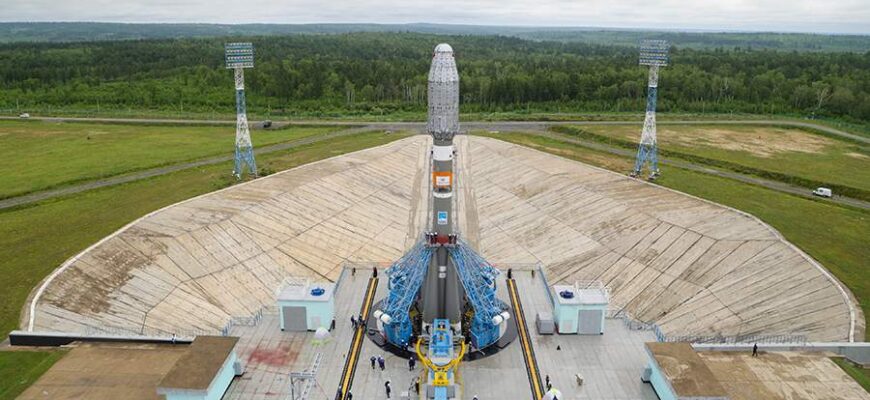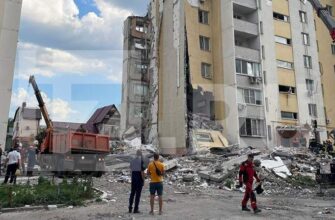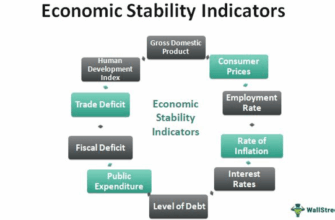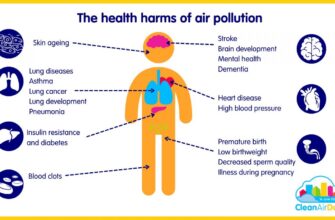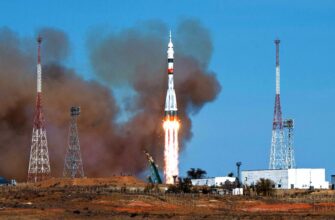In a testament to intricate orbital mechanics and scientific ambition, Roscosmos has provided a captivating video glimpse into the precision deployment of its latest Ionosphere-M satellites. This successful launch not only bolsters Russia`s space research capabilities but also underscores the crucial role of advanced satellite systems in understanding our planet`s ever-changing “space weather.”
The Precision Ballet of Launch and Separation
On July 25, 2025, the Soyuz-2.1b rocket majestically ascended from the Vostochny Cosmodrome, carrying a payload destined for critical scientific endeavors. Central to this mission were the Ionosphere-M No. 3 and No. 4 satellites, designed to join their predecessors in a comprehensive study of Earth`s ionosphere.
The journey to orbit is a precisely choreographed sequence of events. Just nine minutes and twenty-four seconds after liftoff, the Fregat upper stage, carrying its precious cargo, seamlessly detached from the Soyuz-2.1b`s third stage. The video footage, captured by a camera onboard one of the newly deployed spacecraft, offered a unique perspective: the Fregat, having fulfilled its initial ascent duties, gracefully drifting away from its released ward. This moment, a celestial waltz performed at thousands of kilometers per hour, highlights the intricate engineering required to place satellites exactly where they need to be.
Following separation, the Fregat`s own propulsion system sprang into action, executing two critical engine burns. These maneuvers were not merely about getting to orbit but about *precisely* shaping the trajectory to place the Ionosphere-M satellites into their designated operational paths, ready to commence their scientific vigil.
Ionosphere-M: Guardians of Space Weather
The primary mission of the Ionosphere-M satellites is a critical one: to continuously monitor and analyze the dynamics of the Earth`s ionosphere. This vital layer of our atmosphere, extending from approximately 60 to 1,000 kilometers above the surface, is a region where solar and cosmic radiation ionize atoms and molecules, creating a sea of free electrons and ions.
Why is this important? The ionosphere is far from a static, benign region. It`s a highly reactive environment, constantly influenced by solar activity – what scientists refer to as “space weather.” Solar flares, coronal mass ejections, and geomagnetic storms can dramatically alter the ionosphere`s density and structure. These changes, while invisible to the naked eye, have tangible impacts on our modern lives:
- GPS Accuracy: Fluctuations can disrupt satellite navigation signals, leading to inaccuracies.
- Radio Communications: The ionosphere acts as a mirror for many radio waves, and its disturbances can cause blackouts or interference for everything from aviation to emergency services.
- Power Grids: Extreme space weather events can induce currents in long conductors, potentially leading to widespread power outages.
- Satellite Operations: Changes in atmospheric drag can affect satellite orbits, requiring costly adjustments and potentially shortening their lifespan.
- Astronaut Safety: Increased radiation levels during space weather events pose risks to astronauts on the International Space Station and future lunar or Martian missions.
The Ionosphere-M system, now expanded with the addition of the third and fourth satellites, is designed to provide real-time, operational data on these heliogeophysical conditions. This continuous stream of information is crucial for improving space weather forecasts, mitigating risks to ground infrastructure, and ensuring the safety and reliability of space-based technologies.
A Fuller Orbit: Rideshare and International Collaboration
The Fregat upper stage`s mission did not conclude with the deployment of the Ionosphere-M satellites. Demonstrating the increasing efficiency and accessibility of space, it continued its journey to deploy a significant co-passenger payload: 18 small satellites. This rideshare model has become a cornerstone of modern space launches, allowing multiple entities to share the cost and complexity of reaching orbit.
Notably, half of these small satellites were developed by Geoscan, a testament to the burgeoning private sector`s role in space exploration. Adding an international dimension to the mission, one of these co-passengers was the Iranian telecommunication satellite NAHID-2. Such collaborations, even on smaller scales, highlight the interconnectedness of global space efforts and the shared pursuit of technological advancement.
Looking to the Future
The successful deployment of the Ionosphere-M satellites marks another steady stride in Russia`s long-standing commitment to space science and observation. As our reliance on space-based technologies grows, so too does the imperative to understand and predict the complex interplay between our sun and Earth`s atmosphere. The data gathered by this expanding constellation will undoubtedly contribute significantly to our collective knowledge, helping humanity navigate the challenges and harness the opportunities presented by the dynamic environment beyond our terrestrial bubble. In the grand cosmic scheme, it`s a small step for a few satellites, but potentially a significant leap for our understanding of the forces that shape our technological world.

